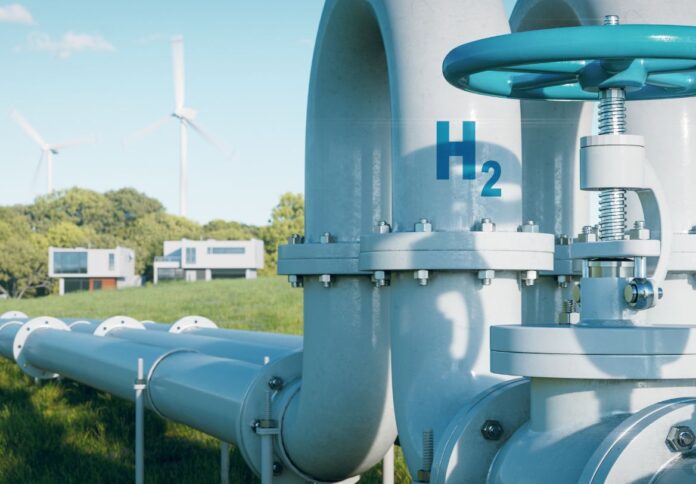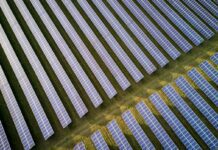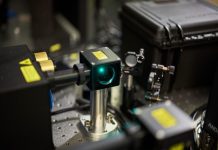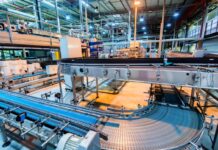
Australia’s Department of Education has announced new funding under the Australia’s Economic Accelerator (AEA) Innovate program to advance research commercialisation in renewable energy and maritime technology.
The AEA Innovate grants, which provide up to $5 million for mid-stage research projects, aim to support collaborations between universities and industry partners to deliver solutions aligned with national priorities, as revealed in a news release.
According to the Department, the program is designed to accelerate the translation of innovative research into practical applications that contribute to Australia’s sustainability and defence goals.
Among the funded initiatives is a partnership between the University of Adelaide, Sparc Hydrogen, and Fortescue to advance green hydrogen technology.
The project is being conducted at the Sparc Hydrogen Advanced Research Pilot (SHARP) facility at the University of Adelaide’s Roseworthy campus.
The Department said the grant will support testing of different reactor designs and photocatalyst materials to help scale the technology for commercial use.
According to the department, researchers expect the next-generation system, which uses light energy to drive chemical reactions rather than relying on electricity, could lead to more cost-effective and scalable green hydrogen production.
“The project will drive research that will unlock Australia’s potential for driving renewable energy and climate change targets,” the Department stated.
In the maritime sector, a separate AEA Innovate grant has been awarded to a collaboration between Marintec, Navantia Australia, and the University of Technology Sydney (UTS).
According to the department, the partnership is developing a Multi-Robot Mission System (MRS) that uses artificial intelligence to coordinate multiple autonomous robots operating in maritime environments.
The Department said the system will enable a single operator to plan, deploy, and manage multiple robotic units simultaneously, improving efficiency and reducing supervision needs.
It noted the technology is expected to enhance Australia’s sovereign capability in maritime innovation and contribute to a more secure national defence infrastructure.
“The goal is to allow the global promotion and deployment of Australian-made maritime technologies, boosting the country’s exports and reinforcing its reputation as a leader in maritime technology,” the Department said.
Further details about the funded projects are available on the AEA News website.



















